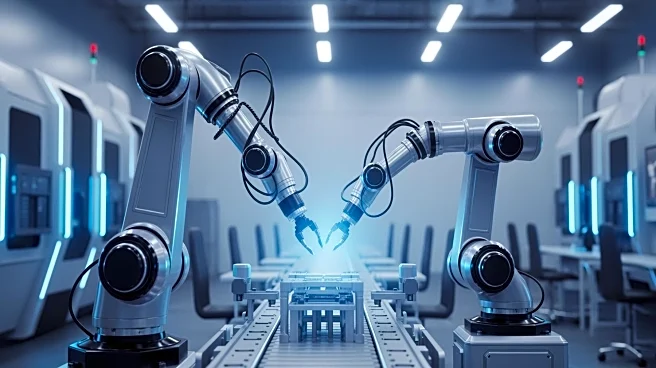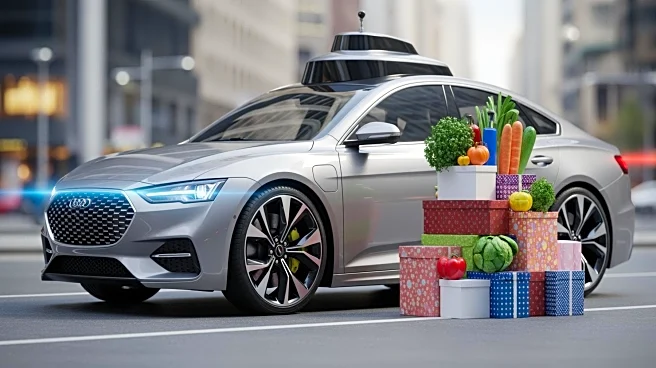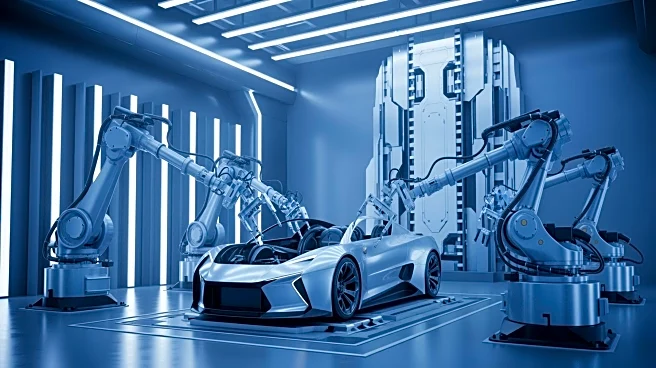What's Happening?
Teradyne Robotics has announced a 14% reduction in its global workforce, following a previous 10% cut earlier in the year. This decision comes as the company faces slower-than-expected revenue growth,
attributed to a global slowdown in the automation market, particularly in Europe. Teradyne, which owns Universal Robots and Mobile Industrial Robots, stated that the layoffs are a strategic move to align its cost structure with current market realities and to focus on areas that can deliver the greatest value. The company emphasized its commitment to long-term sustainability and operational efficiency, despite the challenging market conditions.
Why It's Important?
The layoffs at Teradyne Robotics highlight the broader challenges facing the automation industry, particularly in the wake of geopolitical tensions and economic uncertainties. The reduction in workforce reflects the need for companies to adapt to changing market conditions and prioritize strategic areas such as artificial intelligence. This move could impact the competitive landscape of the robotics industry, as Teradyne seeks to maintain its market position amidst increasing competition from established and emerging players. The focus on AI-driven applications suggests a shift towards more advanced technological solutions, which could redefine industry standards and customer expectations.
What's Next?
Teradyne Robotics plans to concentrate on AI as a key component of its strategy, aiming to establish Universal Robots' cobots as the preferred platform for AI-driven applications. The company is also expected to make adjustments to its product roadmap to better align with market demands. As the industry evolves, Teradyne's focus on AI and strategic partnerships may influence its future growth and market share. The company's ability to navigate these changes will be crucial in determining its long-term success and impact on the robotics sector.
Beyond the Headlines
The decision to reduce the workforce at Teradyne Robotics underscores the ethical and economic challenges companies face when balancing operational efficiency with employee welfare. The layoffs may have broader implications for the local economies where these employees are based, potentially affecting community stability and economic growth. Additionally, the emphasis on AI could raise questions about the future role of human labor in the robotics industry, as automation and AI technologies continue to advance.












